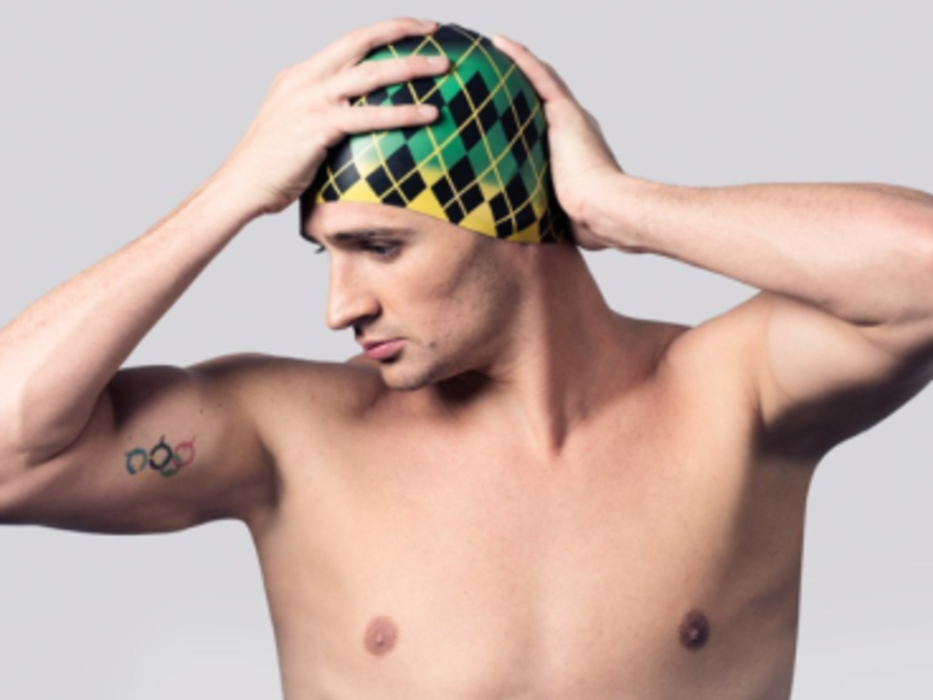Think about the last video you watched all the way through until the end on YouTube, Vimeo, or wherever. As viewers and consumers of media (and there’s a lot of media out there to consume), we’re not likely to sit through stuff we’re not interested in. Personally, I can’t click the “You can skip to video in 5…4…3” prompt fast enough when an ad plays before something I actually want to see on YouTube.
That’s why content, especially video content, has to be engaging or it won’t get shared—let alone viewed in the first place. The best, and ultimately most viral, video marketing examples of recent memory—Dove’s “Real Beauty Sketches”, Blendtec’s “Will it Blend?” come to mind—are authentic, funny, entertaining, on-brand, and not overly self-promotional.
“If a brand story is going to reach people and be successful you need a human component for them to relate to,” says Alyssa Igawa, marketing director at Speedo. “Unless you’re going beyond just trying to sell a product, people are going to dismiss the content.”
Case in point: Speedo’s recent “Art of the Cap” campaign, which tapped into the personal experiences of five Olympic gold medal-winning swimmers who collaborated with artists to design limited edition swim caps sold exclusively on speedoUSA.com, the proceeds of which went to support charities close to each Olympian’s heart.
Speedo also released a series of beautifully shot, earnest videos in which each swimmer explains his or her personal connection to the chosen charity. Eleven-time Olympic medalist Ryan Lochte, whose cap raised money for Parent Project Muscular Dystrophy, lost a close relative to Duchenne. Olympian Dana Vollmer, who raised money for Simon’s Fund, a charity dedicated to providing heart screenings and educating parents and coaches about sudden cardiac arrest, underwent cardiac surgery herself when she was 16 after being diagnosed with supraventricular tachycardia. Vollmer’s mother had to keep a poolside defibrillator handy in case of a sudden potentially fatal spike in her daughter’s heart rate.
“As we sat down with each one of these Olympians, we realized how sincere their connection is to these causes,” says David Lai, CEO and creative director at Speedo’s digital AOR Hello Design, the agency responsible for “Art of the Cap.” “We knew early on that being able to tell these stories through video would be a core component of the campaign because it was a great way to bring these stories to life—people naturally want to engage with a good story.”
Other than the usual suspects (Facebook, Twitter, Instagram, YouTube), Speedo and Hello Design didn’t put much of a media push behind the content; they seeded the videos organically, asked the Olympians to share them with their own networks, and sat back to see how people would react. “We didn’t overthink it or ask ourselves what it would mean for ROI,” Igawa says. “We just wanted to tell a really nice story, so we created the content and the rest happened by itself.”
All of the caps sold out in less than a week and Speedo’s social fan base increased by double its average growth rate during the campaign sales period. Total impressions for the campaign capped out at 18.2 million. But the most noteworthy stat is one related to engagement: the audience retention rate for the Art of the Cap videos was 86% better than the average YouTube video of similar length (about two and a half minutes).
“You can never really predict viral-ness, but for us that was never the goal,” Lai says. “We were looking to create quality over quantity; to make sure we were connecting with the right audience—people who love swimming and the water—which was more important to us than just saying we got tons and tons of views.”
Video views aside, you know you’ve got a hit on your hand when people actually use your branded hashtag voluntarily. Spontaneous UGC means you’ve done your content right:
Excited to take my @danavollmer x @jessicahische @SpeedoUSA #ArtoftheCap for it’s 1st swim in Paris! (Thanks, mom!) pic.twitter.com/8IKoJgADWg
— Anne Ditmeyer (@pretavoyager) December 27, 2013
Kyle and I were a little too excited to model our Christmas presents @ryanlochte @danavollmer #artofthecap pic.twitter.com/izjZ2fuXqJ
— Lizzie B (@PrincessLizBiz) December 26, 2013
Came on time! Even though my sister knew what she got #ArtoftheCap @SpeedoUSA @Nathangadrian @NatalieCoughlin -Ash pic.twitter.com/gJP2Rmc9Zl
— Nathan Adrian Online (@NathanAdrOnline) December 18, 2013
ALERT! ALERT! Nathan’s @SpeedoUSA #ArtoftheCap benefitting @KidsBeatCancer is SOLD OUT!
— Eve and Candace (@EveandCandace) December 14, 2013









